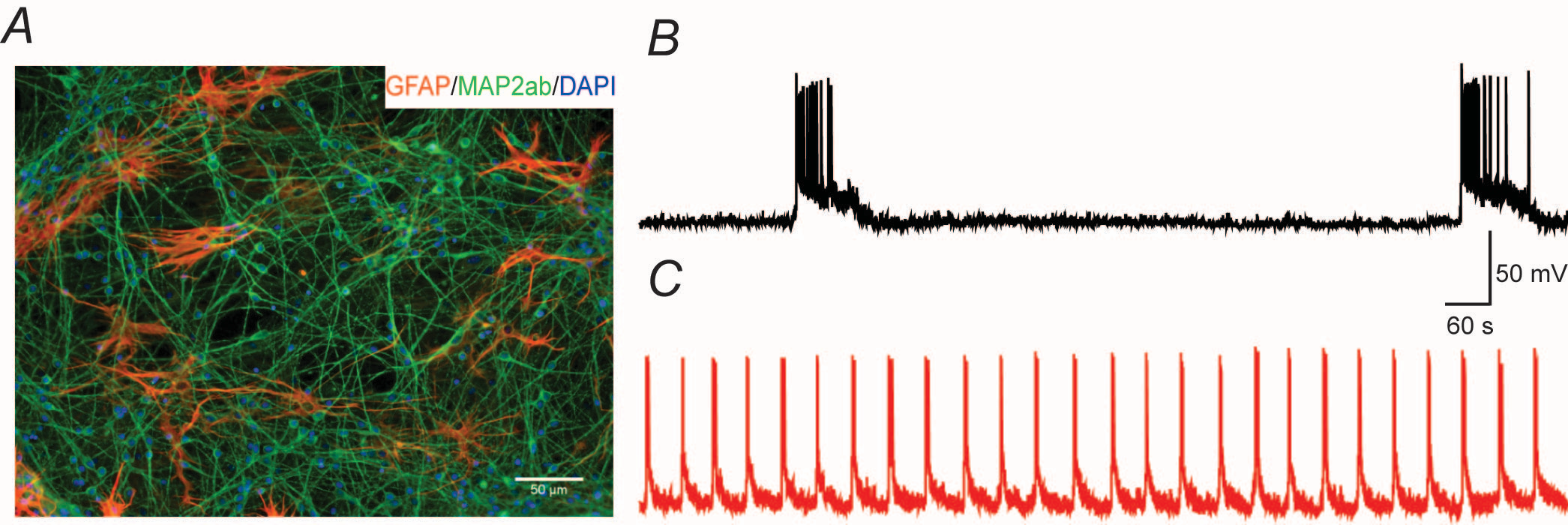Autism Spectrum Disorders and Intellectual Disabilities (ASD/IDs) represent a major and growing public health challenge. The Department of Biotechnology (DBT) supported the Centre for Neurodevelopmental Synaptopathies (CNS) - a partnership between inStem and NCBS in Bangalore and the University of Edinburgh, UK - to study the pathophysiology of ASD/IDs. A major effort at the CNS has been on accelerating the discovery of effective therapeutics for these debilitating brain disorders. Exploiting human stem cell and gene editing technologies offers an unprecedented opportunity for the creation of in vitro human based systems that model aspects of ASDs. Hence, CNS has established human induced pluripotent stem cell (iPSC) based in vitro assays for discovering cellular mechanisms underlying ASDs.
Now, work done by CNS team, led by Profs Sumantra Chattarji, David Wyllie and Siddharthan Chandran, provides new insights into neural defects caused by Fragile X Syndrome (FXS), the leading genetic cause of ASD/IDs. FXS is estimated to affect 1 in 5,000 men and 1 in 4,00-6,000 women worldwide. Rates of FXS have been calculated to be similar in India. In a special issue of the journal Molecular Autism (11, 52 DOI: 10.1186/s13229-020-00351-4), they present new findings on the aberrant electrical activity patterns in human cortical neurons caused by FXS (see figure). Further, this work identifies specific molecular mechanisms underlying these abnormalities, which can be reversed using pharmacological manipulations. Together, these observations offer new potential therapeutic targets that can be assessed in pre-clinical platforms and eventually lead to more efficient translation to the clinic.

Figure legend: (A) Image of co-cultured human cortical neurons (green) and astrocytes (orange). (B) Normal electrical firing in control neurons. (C) Abnormal patterns of firing in FXS neurons.
The joint first authors of this study are Shreya Das Sharma, doctoral student, and Dr. Rakhi Pal, Chief Technologist, in the CNS program.
Reference:
Cortical neurons derived from human pluripotent stem cells lacking FMRP display altered spontaneous firing patterns
Shreya Das Sharma, Rakhi Pal, Bharath Kumar Reddy, Bhuvaneish T. Selvaraj, Nisha Raj, Krishna Kumar Samaga, Durga J. Srinivasan, Loren Ornelas, Dhruv Sareen, Matthew R. Livesey, Gary J. Bassell, Clive N. Svendsen, Peter C. Kind, Siddharthan Chandran, Sumantra Chattarji & David J. A. Wyllie, June 2020, Molecular Autism
https://molecularautism.biomedcentral.com/articles/10.1186/s13229-020-00351-4
Publication Date: June 19, 2020











